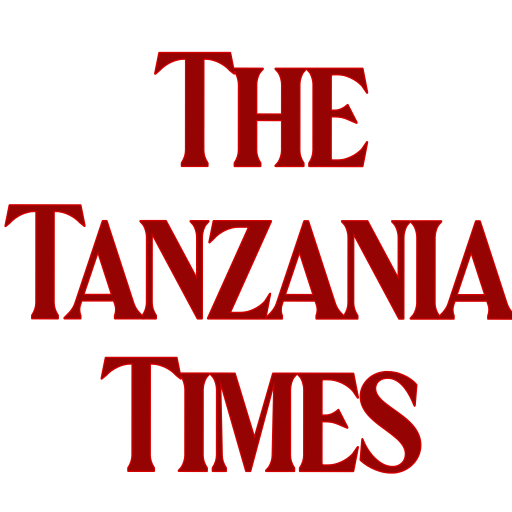Boasting nearly 10 million bee colonies, in the country’s forest reserves, Tanzania can easily outfit an army made of the stinging insects large enough to bring any empire down.
However the country is making a much more profitable use of the bee colonies, churning out 33,000 tons of honey every year, at least, this is according to the Tanzania Forest Services Agency (TFS).
The Conservation Commissioner of Tanzania Forest Services Agency, Professor Dos Santos Silayo said the country is currently estimated to have a total of 9.2 million bee colonies.
A bee colony is usually made up of a single queen, hundreds of male drones and up to 70,000 female worker bees. Each honey bee colony also consists of developing eggs, larvae and pupae.
It therefore means Tanzania has more than 600 billion bees swarming across the country’s landscape, sucking nectar from flowers and milling honey. That means there ten bees per person in Tanzania.
Apparently the Tanzania Forestry Agency is in charge of more than 20 bee parks in the country covering a total of 39,444 hectares of forested land.
And with nearly 35,000 tons of honey in stake, the Tanzania Forest Services (TFS) has introduced a special digital system for monitoring and improving the quality of bee products in the country.
Known as ‘Honey Traceability System ‘ which is a cloud-connected system for tracking, measuring and grading the quality of honey, starting from the bee hive, honey-comb to the final market destination.
To reinforce the apiculture sector, the forest agency has also managed to establish three major bee farms, according to the TFS Commissioner of Conservation.
The new farms include the Kipembawe Bee Farm, measuring 20,728 hectares, and the Mwambao Bee farm of Handeni in Tanga and the Kondoa-Manyoni Farm, where a total of 14 new apiaries have been introduced.
The agency has also built honey processing plants in the four districts of Mlele, Kibondo, Sikonge, and Bukombe. These facilities have been installed with the ultra-modern processing machines.
TFS has also been working to disseminate proper knowledge to local beekeepers through training and so far more than 1,998 farmers from 40 villages have been trained.
How good is Tanzanian Honey? The TFS recently collected a total of 70 samples of Natural Honey from 34 districts in the country.
The honey samples were then dispatched to Germany for quality testing.
The International Laboratory brought back results indicating that the quality of the organic honey being produced from Tanzanian farms was at 96 percent of the required DIN and International Standards.
Honey produced from Tabora region, on the other hand, was declared the second best in terms of quality, on the African continent.
China, Poland and countries in the European Union (EU) are the major buyers of honey from Tanzania.
Tanzania ranks at number 14 as far as the leading beekeeping countries in the world are concerned with the country taking the second position in Africa.
Tanzania produces honey and beeswax that are exported to Germany, France, Belgium and Netherlands, Oman, USA, Japan, Botswana, Burundi, Rwanda, Uganda, Congo DRC, Somali and neighbouring Kenya.


